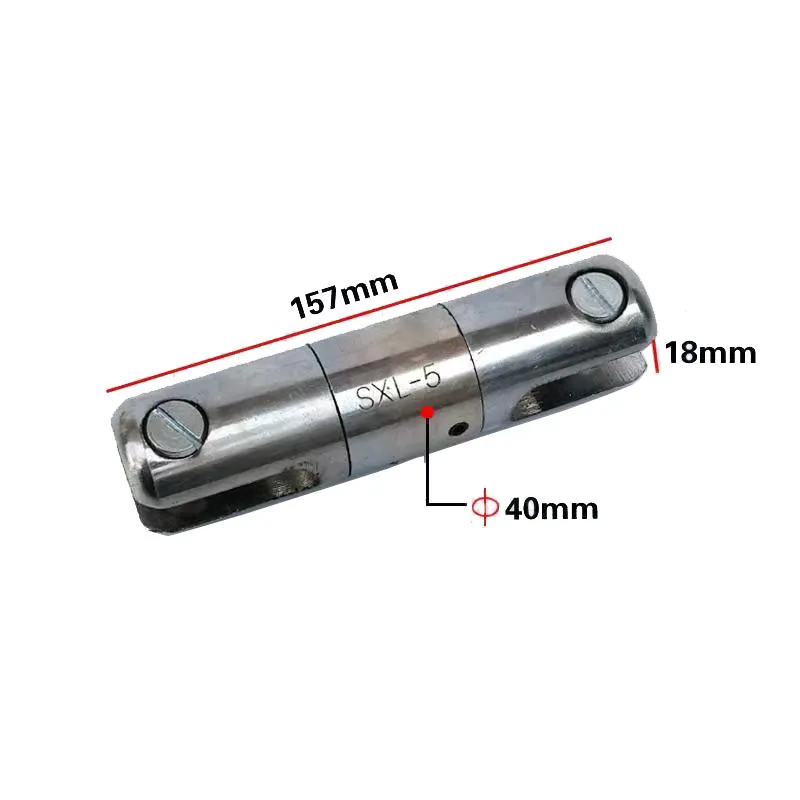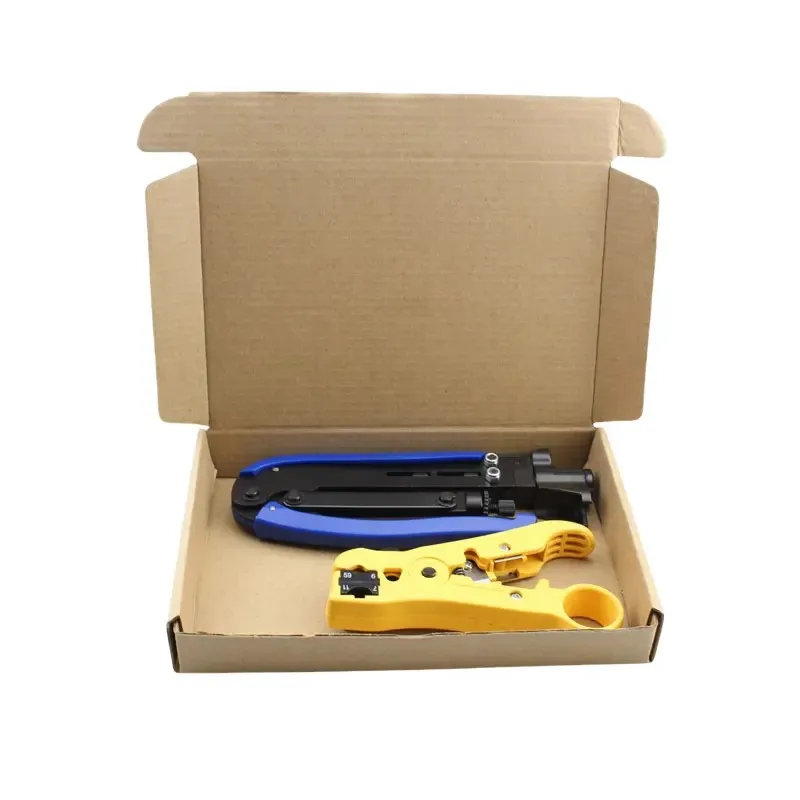
-
 Afrikaans
Afrikaans -
 Albanian
Albanian -
 Amharic
Amharic -
 Arabic
Arabic -
 Armenian
Armenian -
 Azerbaijani
Azerbaijani -
 Basque
Basque -
 Belarusian
Belarusian -
 Bengali
Bengali -
 Bosnian
Bosnian -
 Bulgarian
Bulgarian -
 Catalan
Catalan -
 Cebuano
Cebuano -
 Corsican
Corsican -
 Croatian
Croatian -
 Czech
Czech -
 Danish
Danish -
 Dutch
Dutch -
 English
English -
 Esperanto
Esperanto -
 Estonian
Estonian -
 Finnish
Finnish -
 French
French -
 Frisian
Frisian -
 Galician
Galician -
 Georgian
Georgian -
 German
German -
 Greek
Greek -
 Gujarati
Gujarati -
 Haitian Creole
Haitian Creole -
 hausa
hausa -
 hawaiian
hawaiian -
 Hebrew
Hebrew -
 Hindi
Hindi -
 Miao
Miao -
 Hungarian
Hungarian -
 Icelandic
Icelandic -
 igbo
igbo -
 Indonesian
Indonesian -
 irish
irish -
 Italian
Italian -
 Japanese
Japanese -
 Javanese
Javanese -
 Kannada
Kannada -
 kazakh
kazakh -
 Khmer
Khmer -
 Rwandese
Rwandese -
 Korean
Korean -
 Kurdish
Kurdish -
 Kyrgyz
Kyrgyz -
 Lao
Lao -
 Latin
Latin -
 Latvian
Latvian -
 Lithuanian
Lithuanian -
 Luxembourgish
Luxembourgish -
 Macedonian
Macedonian -
 Malgashi
Malgashi -
 Malay
Malay -
 Malayalam
Malayalam -
 Maltese
Maltese -
 Maori
Maori -
 Marathi
Marathi -
 Mongolian
Mongolian -
 Myanmar
Myanmar -
 Nepali
Nepali -
 Norwegian
Norwegian -
 Norwegian
Norwegian -
 Occitan
Occitan -
 Pashto
Pashto -
 Persian
Persian -
 Polish
Polish -
 Portuguese
Portuguese -
 Punjabi
Punjabi -
 Romanian
Romanian -
 Russian
Russian -
 Samoan
Samoan -
 Scottish Gaelic
Scottish Gaelic -
 Serbian
Serbian -
 Sesotho
Sesotho -
 Shona
Shona -
 Sindhi
Sindhi -
 Sinhala
Sinhala -
 Slovak
Slovak -
 Slovenian
Slovenian -
 Somali
Somali -
 Spanish
Spanish -
 Sundanese
Sundanese -
 Swahili
Swahili -
 Swedish
Swedish -
 Tagalog
Tagalog -
 Tajik
Tajik -
 Tamil
Tamil -
 Tatar
Tatar -
 Telugu
Telugu -
 Thai
Thai -
 Turkish
Turkish -
 Turkmen
Turkmen -
 Ukrainian
Ukrainian -
 Urdu
Urdu -
 Uighur
Uighur -
 Uzbek
Uzbek -
 Vietnamese
Vietnamese -
 Welsh
Welsh -
 Bantu
Bantu -
 Yiddish
Yiddish -
 Yoruba
Yoruba -
 Zulu
Zulu


TEL:
0086-311-88862036
פבר . 14, 2025 22:25 Back to list
winch recovery
Winch recovery is a critical aspect of off-roading and towing scenarios, often being the line between a successful adventure and a frustrating experience. Whether you're a seasoned off-road enthusiast or a novice looking to enhance your recovery skills, understanding winch recovery's intricacies is crucial. This article delves into practical experiences, professional insights, authoritative tips, and trustworthy advice to ensure your winch recovery efforts are efficient and safe.
Winching is not just about the equipment but also about the skills and knowledge of handling unexpected situations. Ensure your recovery points are properly rated and never attach a winch line to a vehicle's bumper or tow ball, which can be dangerous. Use rated shackles and ensure all spectators stand clear in case the rope or cable snaps under tension. The role of an assistant is invaluable during winch recovery operations. An experienced co-driver or spotter can help guide you, keep an eye on the surroundings, and assist in managing the winch line. Good communication is key to a smooth recovery process, reducing stress and increasing safety. Learn from seasoned adventurers who have honed their skills over the years. Many off-road clubs offer training sessions where you can practice winch recovery techniques under expert supervision. These experiences can significantly enhance your confidence and competence in real-world scenarios. To ensure your practices are up to date and equipment is safe, rely on authoritative sources. Manufacturers' guidelines and industry standards should always be your go-to for the latest safety protocols. Trustworthy advice will always favor safety over shortcuts. Investing in quality gear and maintaining it with care comes with peace of mind. Trusted brands often offer better build quality, customer service, and reliability, which are worth the premium if it means a successful recovery. In summary, winch recovery is an essential skill for off-road and towing enthusiasts. With the right equipment, knowledge, and technique, it can turn potentially dire situations into manageable experiences. Always prioritize safety, regularly check your equipment, and continually seek learning opportunities to refine your skills. By doing so, you'll not only improve your winching capabilities but also enhance the overall adventure and safety of your off-roading experiences.


Winching is not just about the equipment but also about the skills and knowledge of handling unexpected situations. Ensure your recovery points are properly rated and never attach a winch line to a vehicle's bumper or tow ball, which can be dangerous. Use rated shackles and ensure all spectators stand clear in case the rope or cable snaps under tension. The role of an assistant is invaluable during winch recovery operations. An experienced co-driver or spotter can help guide you, keep an eye on the surroundings, and assist in managing the winch line. Good communication is key to a smooth recovery process, reducing stress and increasing safety. Learn from seasoned adventurers who have honed their skills over the years. Many off-road clubs offer training sessions where you can practice winch recovery techniques under expert supervision. These experiences can significantly enhance your confidence and competence in real-world scenarios. To ensure your practices are up to date and equipment is safe, rely on authoritative sources. Manufacturers' guidelines and industry standards should always be your go-to for the latest safety protocols. Trustworthy advice will always favor safety over shortcuts. Investing in quality gear and maintaining it with care comes with peace of mind. Trusted brands often offer better build quality, customer service, and reliability, which are worth the premium if it means a successful recovery. In summary, winch recovery is an essential skill for off-road and towing enthusiasts. With the right equipment, knowledge, and technique, it can turn potentially dire situations into manageable experiences. Always prioritize safety, regularly check your equipment, and continually seek learning opportunities to refine your skills. By doing so, you'll not only improve your winching capabilities but also enhance the overall adventure and safety of your off-roading experiences.
Latest news
Understanding Earth Wiring and Grounding: Essential Components for Electrical Safety
NewsAug.15,2025
The Ultimate Guide to Cable Pulling Tools and Equipment for Efficient Installations
NewsAug.15,2025
Streamline Your Projects with Advanced Cable Pulling Equipment
NewsAug.15,2025
Simplify Cable Installation with Advanced Cable Pulling Tools and Equipment
NewsAug.15,2025
Essential Guide to Link Sticks and Hot Sticks for Electrical Safety and Line Work
NewsAug.15,2025
Efficient Solutions for Cable Installation: Your Guide to Cable Pulling Winches and Equipment
NewsAug.15,2025
Copyright © 2025 Shijiazhuang Bilo Import and Export Trading Co., Ltd. All Rights Reserved. Sitemap | Privacy Policy

BlLo lmport & Éxport is specialized in power and cable equipment andconsiruction tools,Qur main producis are FRP
duct rodder, cable rollerscable pulling winch, cable drum jack, cable pulling sock, etc.
Copyright © 2025 Shijiazhuang Bilo Import and Export Trading Co., Ltd. All Rights Reserved. Sitemap | Privacy Policy







